Cells in the fetal Amnion membrane, which make up part of the amniotic sac, and protects the fetus throughout the pregnancy period, may be a new source for human eggs
Technion researchers from the Bruce and Ruth Rappaport Faculty of Medicine found that cells in the fetal Amnion membrane may be a source of human eggs, according to dissertation of doctoral student Ayelet Evron mentored by the Dean of the Faculty, Professor Eliezer Shalev.
Amnion membranes constitute a part of the inner layer of the amniotic sac, which protects the fetus throughout the pregnancy period. Typically, upon being ruptured during the birth, directly after birth both the expelled placenta and membranes get thrown out.
Amnion membrane cells develop at the very early stages of the life of the fetus (on the eighth day after fertilization) and are known to maintain the plasticity of embryonic cells prior to cellular differentiation. These cells have the potential of joining any one of the cell groups that later develop into different tissues in the body. To date, the capability of Amnion membrane cells to differentiate into germ cells with specific gene markers that develop into human eggs, has never been documented.
The research work was undertaken in collaboration with Dr. Shlomit Goldman at the research laboratory of Women’s Division of Gynecology and Obstetrics in the Emek Medical Center (in Afula). It uncovered for the first time that when growing hamnion membrane cells on growth medium also used in IVF (in vitro fertilization), these cells display specific signs of gene expression like those of germ cells, which develop into human eggs, at both the gene and protein levels, as well as in appearance (resembling large round cells that resemble eggs). Later, the cells express markers that mimic the characteristic of markers in human egg development, which enable division reduction upon entry (division that is essential in human egg development), and remain in this state.
Researchers still face a major challenge – for these cells to be used in substitute of human eggs, they need to properly complete the reduction process upon entry. Only after finding a solution to this problem it will be possible to check whether or not Amnion membrane cells may be used as a new source for human eggs that would be suitable for women who cannot produce them on their own.

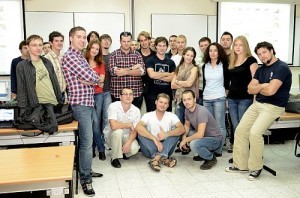 37 young men and women from Russia to study information technology security at Technion
37 young men and women from Russia to study information technology security at Technion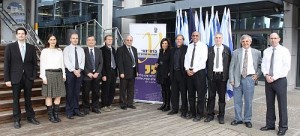 The Technion decides that a lecturer who does not meet the standards of good teaching – can no longer teach required courses
The Technion decides that a lecturer who does not meet the standards of good teaching – can no longer teach required courses Scientists from Technion and the University of Colorado, Boulder have taken a closer look at how stars systems and their planets grow old together.
Scientists from Technion and the University of Colorado, Boulder have taken a closer look at how stars systems and their planets grow old together.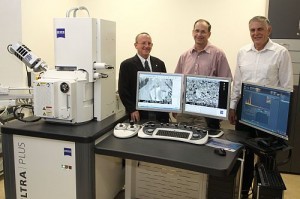 Will serve researches from all universities, as well as the high-tech industry
Will serve researches from all universities, as well as the high-tech industry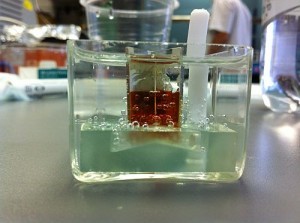 Using the power of the sun and ultrathin films of iron oxide (commonly known as rust), Technion-Israel Institute of Technology researchers have found a novel way to split water molecules to hydrogen and oxygen. The breakthrough, published this week in Nature Materials, could lead to less expensive, more efficient ways to store solar energy in the form of hydrogen-based fuels. This could be a major step forward in the development of viable replacements for fossil fuels.
Using the power of the sun and ultrathin films of iron oxide (commonly known as rust), Technion-Israel Institute of Technology researchers have found a novel way to split water molecules to hydrogen and oxygen. The breakthrough, published this week in Nature Materials, could lead to less expensive, more efficient ways to store solar energy in the form of hydrogen-based fuels. This could be a major step forward in the development of viable replacements for fossil fuels.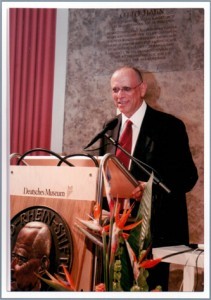 Donated the money granted with the award, which is considered “the Nobel Prize of computing and technology”, to the Technion; the first Israeli to win the award was Prof. Jacob Ziv of the Technion, who won it for his development of the Lempel-Ziv algorithm; GPS developer Bradford Parkinson won the award alongside Dov Moran
Donated the money granted with the award, which is considered “the Nobel Prize of computing and technology”, to the Technion; the first Israeli to win the award was Prof. Jacob Ziv of the Technion, who won it for his development of the Lempel-Ziv algorithm; GPS developer Bradford Parkinson won the award alongside Dov Moran